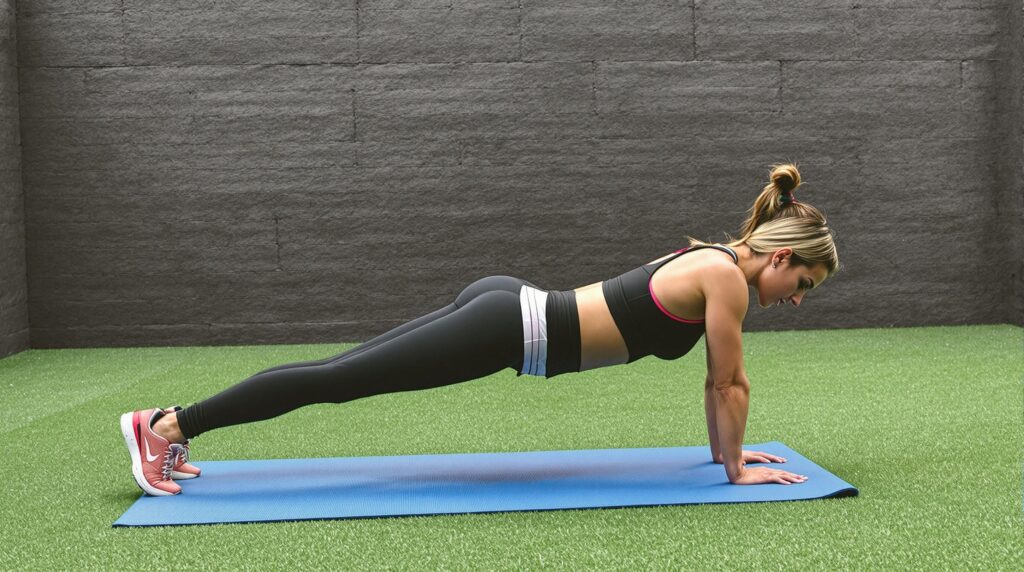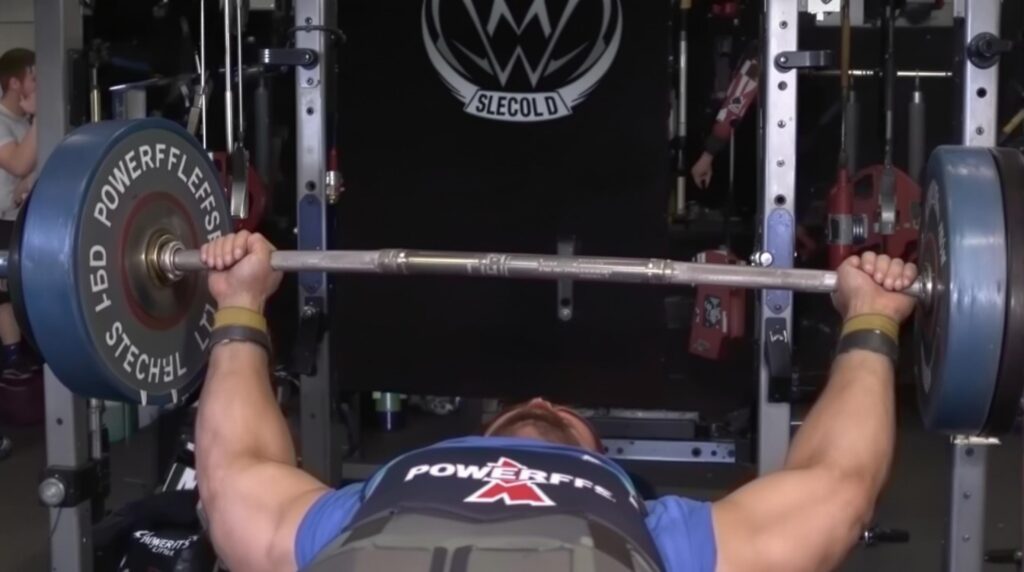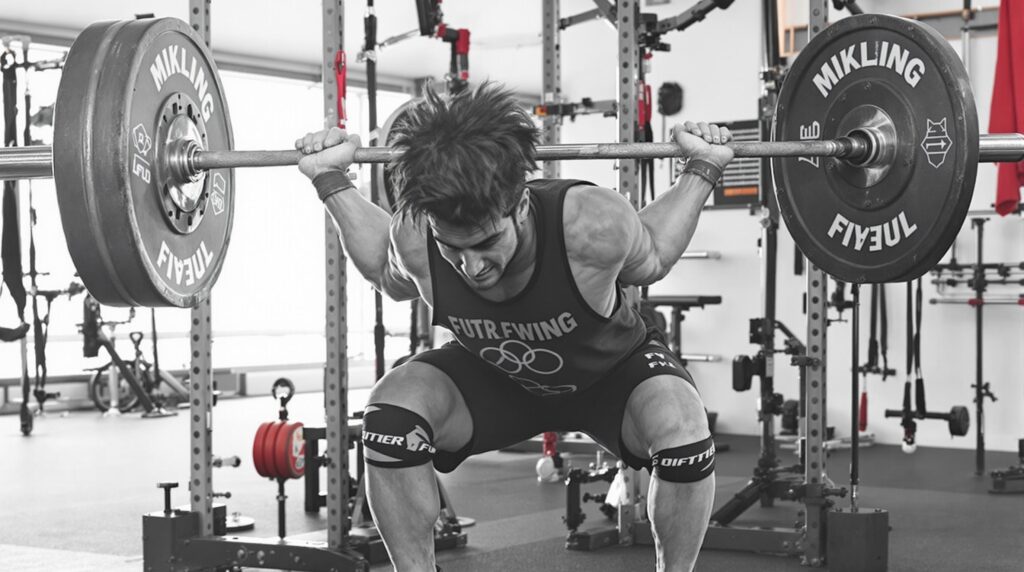The 30-Day Moving Challenge offers a comprehensive approach to fitness transformation through structured daily workouts and progressive intensity. This science-backed program not only builds physical strength but also enhances mental clarity, establishes sustainable habits, and improves overall well-being through consistent movement practices.
Key Takeaways
- Neural pathway formation occurs optimally over 30 days, making this the perfect timeframe for establishing sustainable fitness habits
- 300-599 minutes of weekly activity reduces all-cause mortality by 26-31% and cardiovascular disease risk by 28-38% according to recent research
- The challenge includes a progressive four-week structure that gradually increases intensity while preventing burnout
- Participants experience measurable benefits including improved bone density, enhanced lung capacity, and increased mitochondrial density
- 89% of participants report reduced anxiety and improved focus, highlighting the mental health benefits alongside physical transformation
The Science Behind 30-Day Fitness Transformations
The 30-day timeframe isn’t arbitrary—it’s backed by neuroscience. This period represents the optimal window for habit formation, allowing neural pathways to establish and strengthen through consistent practice. During this month-long journey, your body undergoes remarkable physiological changes that set the foundation for long-term fitness success.
Recent medical research published by the American Medical Association found that dedicating 300-599 minutes to moderate weekly activity reduces mortality risk by 26-31% while cutting cardiovascular disease risk by 28-38%. These statistics highlight why consistent movement matters so much for overall health.
The physical benefits extend beyond risk reduction. Over 30 days of regular movement, participants typically experience 1-3% improvement in bone density, 15-20% enhanced lung capacity, and significant increases in mitochondrial density—the cellular powerhouses that fuel your activity. The moving challenge creates both immediate and lasting physiological improvements that continue to benefit your body long after the initial month.

Your Complete 30-Day Movement Plan: Week-by-Week Breakdown
The 30-Day Moving Challenge follows a strategic progression designed to build upon your achievements while preventing plateaus and burnout. Each week introduces new elements that challenge your body in different ways.
Week 1 focuses on building your foundation with consistent daily movement. During this phase, aim for 20-minute daily walks combined with gentle full-body stretches. The goal isn’t intensity but establishing the habit of daily movement.
Week 2 elevates the intensity by incorporating incline treadmill sessions—try the popular 12% incline at 3 mph pace—alongside simple bodyweight circuits. Your body begins adapting to more challenging movement patterns during this phase.
By Week 3, you’ll introduce light resistance training with bands or dumbbells to build functional strength. This week marks a transition toward greater muscular endurance and preparing your body for more complex movements.
Week 4 integrates all previous elements into combined workouts that maximize your results. Think 45-minute sessions that blend cardio and strength training for comprehensive fitness development.
I recommend adapting the challenge based on your current fitness level:
- Beginners can modify with seated leg lifts and shorter sessions
- Intermediate participants can follow the standard program
- Advanced fitness enthusiasts can add weighted vests or increase repetitions
Optimize Your Workouts: Essential Components for Maximum Results
The effectiveness of your 30-Day Moving Challenge depends on incorporating several key training principles. Workout variety prevents adaptation plateaus—balance strength training, cardiovascular exercise, and flexibility work throughout your week to develop well-rounded fitness.
Progressive overload drives physical adaptation. Start with manageable 12% incline walks, then gradually increase intensity by transitioning to weighted step-ups or increasing resistance. This progression challenges your body without overwhelming it.
Don’t underestimate the importance of active recovery. Incorporating yoga and targeted stretching preserves joint mobility while enhancing muscle recovery between more intense sessions. According to research from the University of Colorado, these recovery activities are crucial for sustainable progress.
For maximum cardiovascular benefits, aim to reach 70-85% of your maximum heart rate during cardio phases. This target intensity zone optimizes both calorie burning and cardiovascular development.
Consider timing your daily movement strategically:
- Morning: 10-minute dynamic stretching to activate muscles
- Afternoon: 30-minute cardio or strength session
- Evening: 15-minute yoga or mobility work for recovery
Nutrition and Hydration Strategies to Fuel Your 30-Day Journey
Movement is only half the equation—proper fueling makes your efforts significantly more effective. Aim for 3 liters of water daily to support metabolism and muscle function, especially during periods of increased activity.
Balance your macronutrients with approximately 30% protein, 40% complex carbohydrates, and 30% healthy fats. This optimal nutritional ratio provides sustained energy while supporting muscle recovery and growth.
Timing matters nearly as much as what you eat. Consume protein within 45 minutes post-workout to accelerate recovery processes and maximize the benefits of your training session. This critical window helps repair muscle tissue damaged during exercise.
Some excellent meal options to support your moving challenge include:
- Pre-workout: Oatmeal with berries for slow-release energy
- Post-workout: Grilled chicken with quinoa for protein and complex carbs
- Snacks: Greek yogurt with nuts for protein and healthy fats
Avoid processed sugars that spike insulin levels and potentially negate some cardiovascular benefits. These empty calories provide little nutritional value while compromising recovery potential.
Tracking Progress: How to Measure Your Transformation
Monitoring your progress provides motivation and helps identify effective strategies during your 30-day journey. Track both quantitative and qualitative metrics to gain a complete picture of your transformation.
Quantitative measurements include workout duration, heart rate changes (expect a 5-10 BPM reduction in resting heart rate), and exercise repetitions. These objective data points clearly demonstrate physiological improvements over time.
Equally important are qualitative metrics—monitor energy levels throughout the day, sleep quality improvements, and mood enhancements. Many participants report these subjective benefits as the most meaningful changes they experience.
According to a 2024 case study published in Women’s Health, participants who journal their progress are 40% more likely to complete the challenge. This simple habit of tracking and reflection significantly increases adherence and results.
Physical changes to anticipate include:
- Average weight loss of 4-6 pounds
- Approximately 2-inch waist reduction
- 15% increase in VO₂ max (aerobic capacity)
- Increased energy levels throughout the day
- Improved sleep quality and duration
Common Pitfalls and How to Overcome Them
Even the most dedicated participants face challenges during a 30-day moving challenge. Recognizing these potential obstacles allows you to develop strategies to overcome them.
Overtraining represents a significant risk, especially for enthusiastic beginners. Limit high-intensity workouts to 3-4 times weekly to prevent burnout and injury. Your body needs adequate recovery time between challenging sessions.
Nutrition mistakes can undermine your efforts—skipping post-workout meals slows recovery by up to 50% according to research from Muscle & Fitness. This reduction in recovery efficiency can dramatically impact results over the course of your challenge.
Scheduling issues frequently derail fitness plans. Block calendar times for workouts and treat them as non-negotiable appointments. This mental framing helps prioritize your commitment despite competing demands.
For injury prevention, follow CDC guidelines to add only 5-10% resistance weekly. This gradual progression allows your tissues to adapt safely without overloading vulnerable structures.
On particularly busy days, incorporate micro-workouts like 5-minute stair climbs or quick bodyweight circuits. These brief movement sessions maintain momentum when a full workout isn’t possible.
Long-Term Benefits Beyond the 30-Day Challenge
The true value of the 30-Day Moving Challenge extends far beyond the initial month. Adults over 50 who maintain consistent training retain 40% more muscle mass than their sedentary counterparts—a significant advantage for healthy aging.
Daily movement delivers impressive cognitive benefits, reducing dementia risk by approximately 30% according to University of Colorado research. These brain-protective effects accumulate with consistent physical activity.
Your metabolism receives lasting improvements, with resting metabolic rate increasing by 7-10% after completing the challenge. This means you’ll burn more calories even during rest periods.
The statistics around maintenance are encouraging—participants who continue daily movement maintain 80% of their fitness gains even six months after completing the structured program. This demonstrates how the challenge creates sustainable lifestyle changes rather than temporary results.
Perhaps most compelling is the longevity impact—regular movement correlates with a remarkable 7-year increase in life expectancy according to AMA research. This makes your 30-day investment pay dividends for decades to come.
Real Success Stories: Transformations and Testimonials
Real-world results provide powerful motivation. A 2024 Women’s Health participant combined outdoor walks with 12-3-30 treadmill workouts (12% incline, 3 mph, 30 minutes) and experienced remarkable transformations in just one month.
Physical results typically include improved core strength, enhanced mental clarity, and significantly better cardiorespiratory fitness. Many participants report feeling like they’ve gained a new relationship with their bodies.
The psychological benefits often surprise participants—89% report reduced anxiety levels, improved focus, and better stress management. These mental health improvements frequently become the primary motivation for continuing movement practices beyond the challenge.
Weight management results average 4-6 pounds of weight loss within the 30-day period, with many participants noting improved body composition rather than just scale weight changes. The combination of reduced body fat and increased muscle tone creates visible physical transformation.
Participants who pair physical activity with mindfulness practices experience amplified stress reduction benefits. This holistic approach creates a powerful synergy between body and mind wellness.
With consistent effort and the right approach, the 30-Day Moving Challenge can truly transform both your physical capabilities and mental outlook. The daily commitment to movement becomes less of a challenge an



